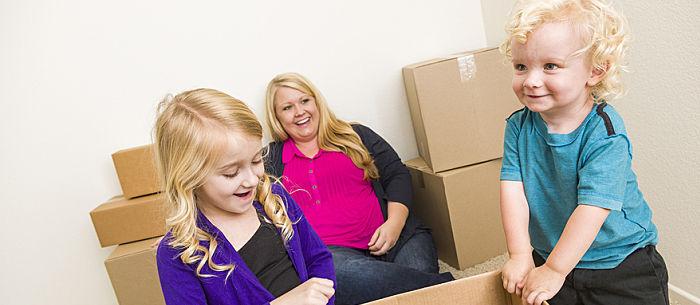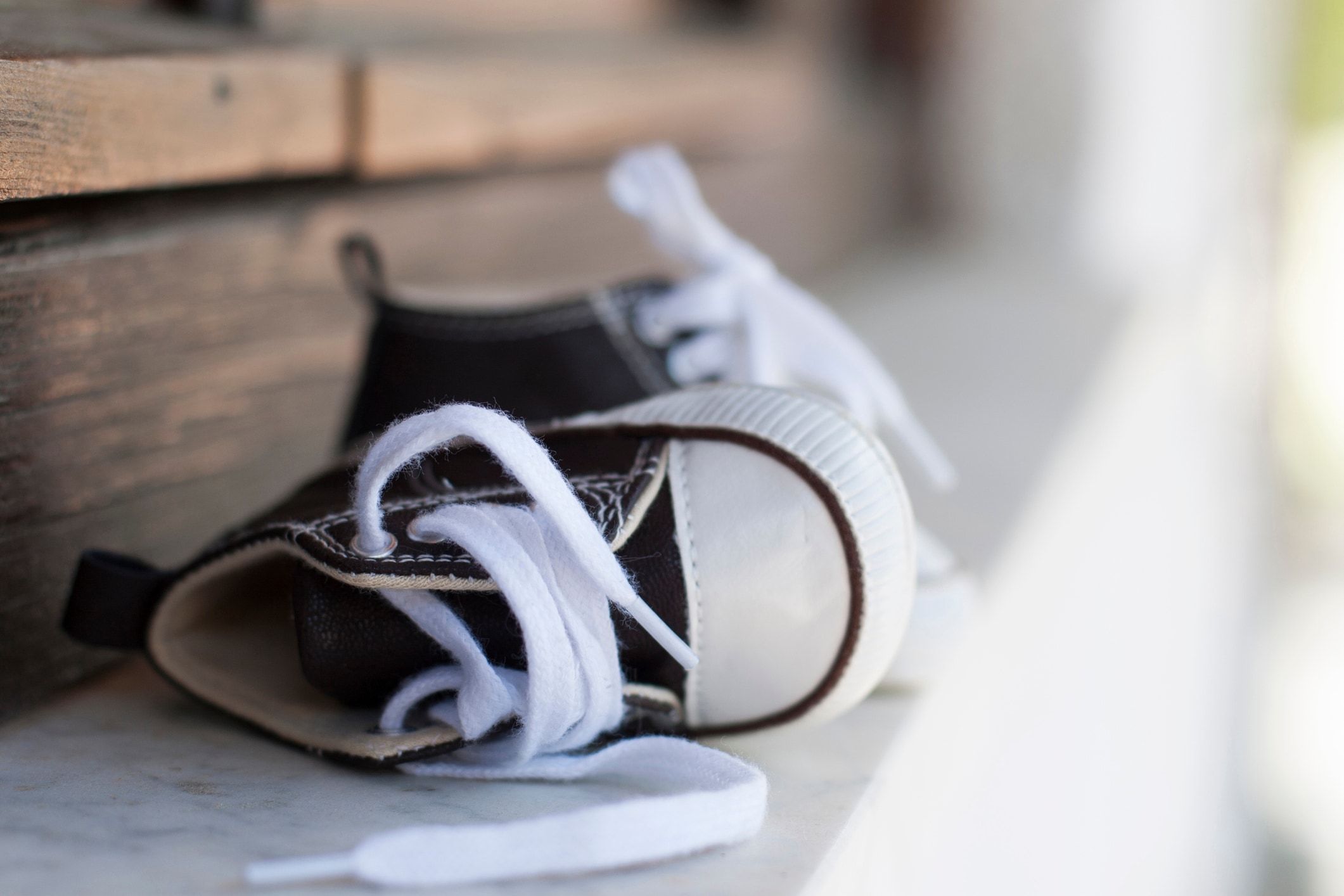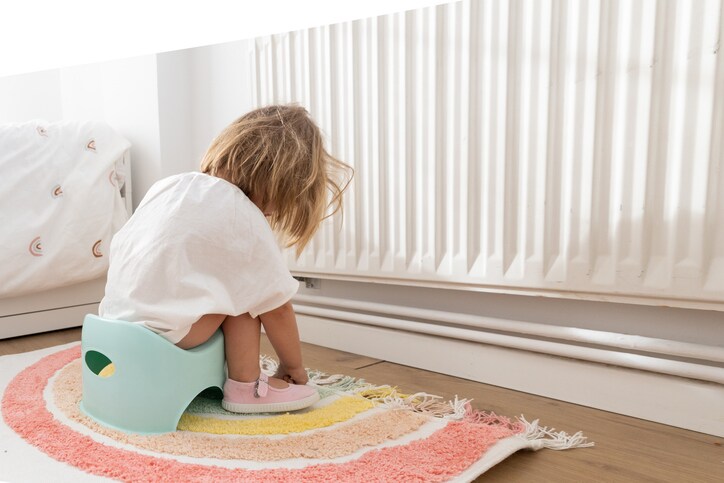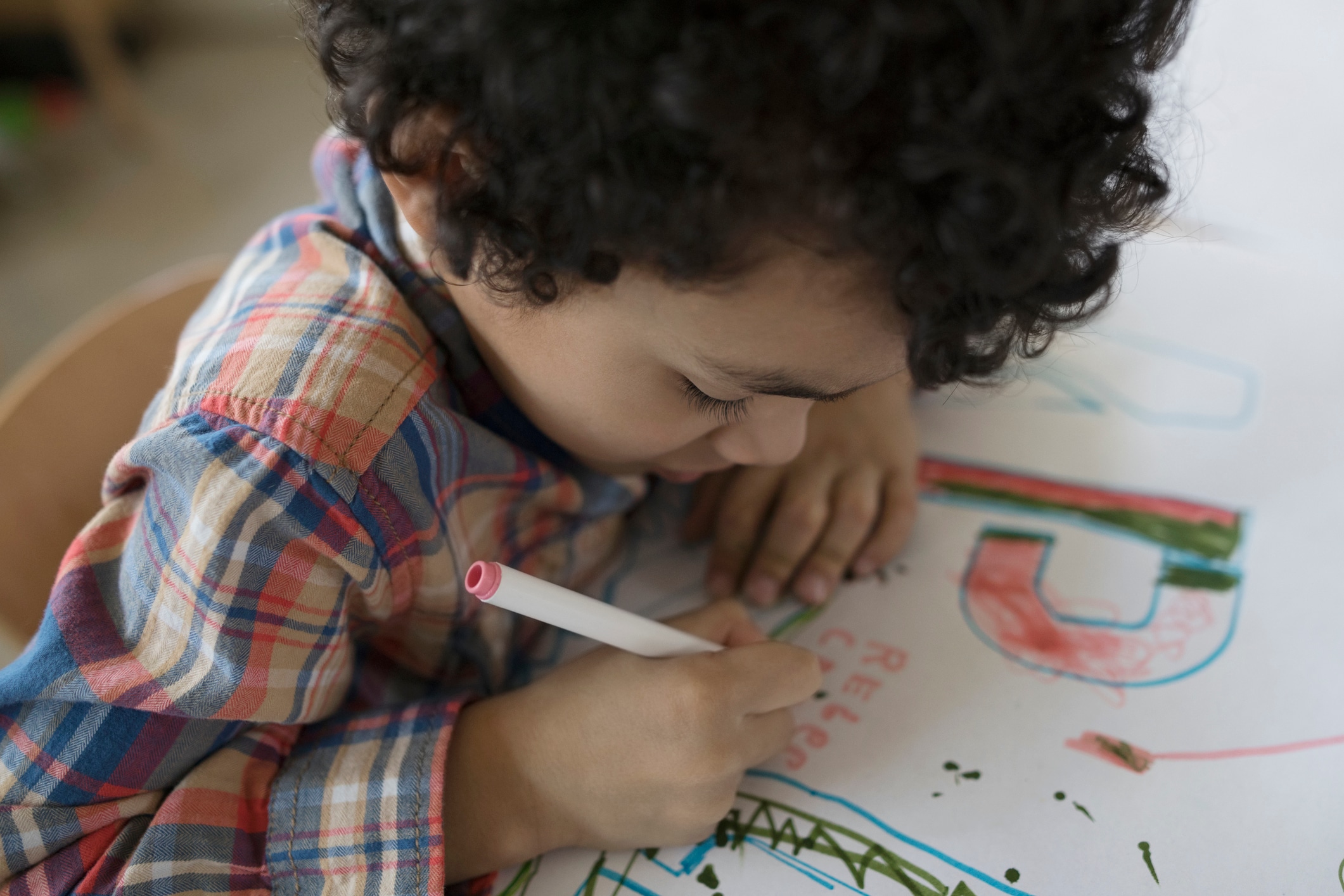The announcement “Guess what? We’re moving!” can conjure up a wide range of emotions in your kids, from fear to sadness and even a touch of anger. Moving away from the only house they’ve ever known can be especially hard. Helping your kids say goodbye to their old home in an age-appropriate way will make the transition to a new home easier on everyone. Here are a few ways to do that.
Pre-Move Planning Is Essential
Dr. Lori Woodring, a psychologist and author of the children’s workbook “My Very Exciting, Sorta Scary Big Move,” notes the importance of having a plan in place before the actual move. This is not something you’ll want to casually drop into conversation a few days before the moving vans arrive. Take time to work through the process together and find out what concerns your kids the most about leaving their old home. You’ll also want to ask your kids for their input in a pre-move plan. According to Dr. Woodring, kids feel the need for closure just as much as adults. She suggests working together as a family to make a list of people and places you’d like to see before leaving. During the pre-move period, take photos or videos for a memory box or scrapbook to record your kids’ favorite things about their old neighborhood and town.
Find Creative Ways to Preserve Memories
Take photos of your child in front of their home and in their bedroom before the move, suggests Lisa Remey, a licensed professional counselor who’s moved her family seven times. Her daughter Grace Anne wrote “Lion’s Pride on the Move,” a story of moving as seen through the eyes of a 9-year-old. If your children like to draw, ask them to sketch a picture of the old home. Journaling about favorite memories is another way to encourage your kids to record their love for their old house. Collect the pictures, drawings and journal entries and combine them into one book as a “tangible reminder” of the old home kids can look back to and bring with them when they leave. Another option is to frame pictures and memories into a collage for your child to hang on the wall in their new bedroom.
Saying Goodbye to Friends
Leaving friends behind is often one of the hardest aspects of moving for kids. As moving day approaches, Dr. Woodring suggests hosting a goodbye party for your kids with their friends and invite guests to sign a book, T-shirt or pillowcase. Encourage close friends to keep in touch by having your children create moving cards with their new address or other contact info such as an email or phone number. If your children begin to feel sad, Dr. Woodring encourages you to “remind them of all the ways they can stay in touch” in today’s digital world.
Plan a Visit
Ease the shock and permanence of moving by planning a visit back to your old town, if possible. Before you leave, set a date for this visit a few months down the road and alert your friends to keep their calendar clear. This can give kids something to look forward to immediately after the big move, and if they miss their friends or old school, remind them of the upcoming trip to raise their spirits. Plan fun activities during your visit to your old home — visit the neighborhood park you used to play at or a favorite restaurant your family frequented to take a walk down memory lane.
Saying goodbye to the only friends, school and home they’ve ever known is difficult for many kids. You can support and reassure your little ones by helping them say goodbye and celebrating the wonderful memories you’ve created together in your old home.
And Check out these 5 Ways to Get Kids Excited About Moving.
Jennifer A. DiGiovanni is a freelance writer, small business owner and mother of three. Connect with her on Twitter.





